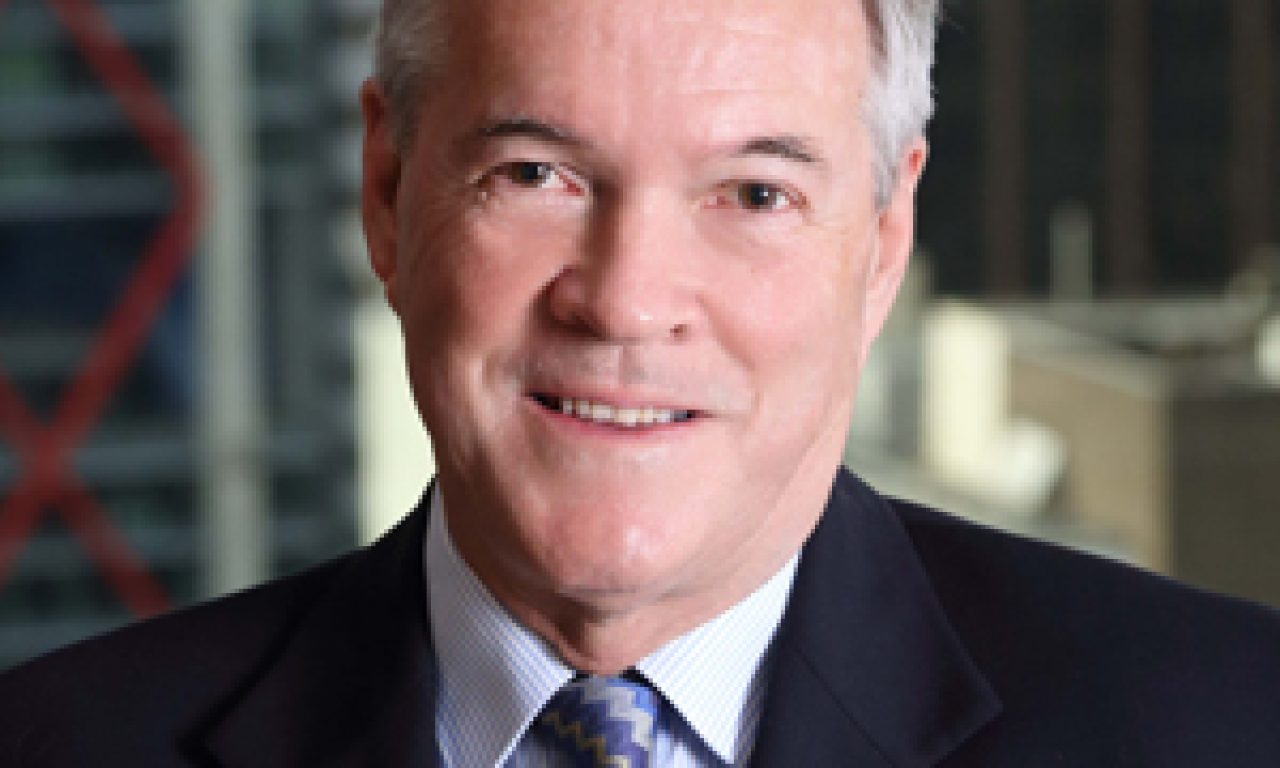In his annual detailed forecast of markets, managers – and their styles – which this year involves many uncertainties, Peter Warnes, Morningstar Australia’s head of equities research, told the firm’s clients to “remain cautious and increasingly vigilant”. While the current situation is different from anything seen in recent memory, there are insights to be gleaned from history.
The 20-page report published last week, ‘Forecast 2021: Do the COVID clouds have a silver lining or are we flying into a new storm front?’, says that on the broad macro and global levels, the private sector will be the big influencer on growth over the next year. Warnes says: “Government stimulus and infrastructure spending is already encountering diminishing returns, and this is unsustainable. The private sector will need to grow both domestic and international markets and it is in the latter where problems could arise.”
Money supply from central bank policy may drive markets but not underlying economic growth. The next move, which has already been discussed by members of the US Federal Open Market Committee (FOMC) would be for the Fed to start buying equites or equities exchange-traded funds in the secondary market. This would not occur while markets are at current levels, but as a rescue program should markets slide to or below late March levels, which is a distinct possibility, Warnes says.
“Rising tension between the two major powers could dampen export growth and international opportunities. US allies are also likely to look for alternatives as supply chains are restructured and dependence on Chinese imports is curtailed. In 2021, GDP will recover to levels comfortably above those of 2019, something developed countries will dream about. On an annual basis, growth, could near double digits from 2020 levels. Longer-term China’s growth is likely to comfortably exceed that of developed nations.”
Warnes points out that last financial year’s Morningstar forecast report, published more than six months prior to COVID, also referred to the market events as a “roller-coaster ride”. That is probably an understatement for this year. He says: “Not surprisingly, the behaviour of financial markets over the next 18 months will be dominated by what occurs within and between the world’s two largest economies, the US and China. At the forefront will be the strength and timing of the recovery in economic activity and confrontations over trade and other geopolitical tensions.
“Further bouts of volatility are almost certain and at times are likely to be quite violent. Investors will have to remain both vigilant and prudent. Market reliance on central banks will remain at a high, and in my opinion, uncomfortable level. The swift and decisive action taken by the central banks has steeled investors to an unwarranted level whereby even if pressure re-emerges, they assume financial markets will be rescued no matter what happens. The mandate of central banks is specifically inflation and employment, but current decision-makers have widened it to almost guarantee and underwrite investor risk. It may be what is called ‘Modern Monetary Theory’, but as debt levels rise exponentially, social unrest is widespread and the gap between the haves and have nots ever widening, is it any wonder I find myself humming Barry McGuire’s epic ‘Eve of Destruction’? (a classic song from the Vietnam war era).
“Share prices will tend to reflect the liquidity-pumping of central banks rather than underlying fundamentals. Investors must beware, or at least be aware, of the risk involved in the widening gap and ensure there is an adequate margin of safety involved in all investment decisions. Remain with quality in both equities and bonds. Ensure investments are liquid. Shun unlisted vehicles. Do not leverage portfolios. No margin lending under any circumstances. There is no such thing as a free lunch or a risk-free investment.”
Australia facing challenges on several fronts
Australia, along with many other countries, finds itself in a deep hole. Thankfully it was not of its own making, but the country will take years to dig its way out. The financial toll so large grandchildren will be paying off the nation’s debt long after we have departed this world, Warnes says. The economy was struggling before the outbreak of coronavirus and is now deeply recessed. It will rebound, but the damage has been so extensive and invasive the recovery is likely to be prolonged.
“While fiscal and monetary stimulatory and supportive programs have provided a safety net, they are not open-ended. Both JobKeeper and JobSeeker programs have a finite life, although they may be extended from initial target ending dates. Job creation rather than wages support is the key. But while intentions are resolute, the likelihood that all jobs lost during the enforced shutdown will be reinstated is debatable. Given many labour- intensive industries including hospitality, tourism, entertainment and retail have been severely affected, it is unlikely they will recover to the pre-pandemic levels of employment in the next five years.
“The eventual impact on unemployment, total hours worked, and average wages will be reflected in household income, the engine room of GDP growth. Wages growth could match official inflation but is likely to continue to lag unofficial inflation: the price rises households confront daily, which are meaningfully higher than core inflation. Consequently, the economy can’t fire on all cylinders and achieve near full capacity for many years. While infrastructure spending is a high priority, it is capital rather than labour intensive, although any new jobs created will be a positive. The economic benefits will accrue over longer term.
“The under-utilisation rate in the labour market is likely to remain elevated for years. In May the rate was 20.6 per cent (unemployment 13.5 per cent and underemployment 7.1 per cent). The likely trend going forward will see falling unemployment offset by rising underemployment particularly when the support programs of JobKeeper and JobSeeker are curtailed…
“Beyond a recovery from 2020’s contraction in GDP, in 2021, economic growth is likely to remain subdued. Reserve Bank governor Philip Lowe conceded as much in his monetary policy decision statement on July 7: ‘The substantial, coordinated and unprecedented easing of fiscal and monetary policy in Australia is helping the economy through this difficult period. It is likely that fiscal and monetary support will be required for some time’.
“Unemployment and household income hold the key. Residential investment will remain under pressure as demand for high-rise apartments slows in a post- COVID-19 environment. Commercial real estate will struggle with uncertainty in both office and retail segments. While public demand, driven by infrastructure will remain a solid contributor, it can’t offset stagnant household consumption, impacted by subdued wages growth, declining hours worked and falling immigration and lack of growth in business investment,” Warnes says.
For the full report, you’ll need to contact Morningstar:
– G.B.


